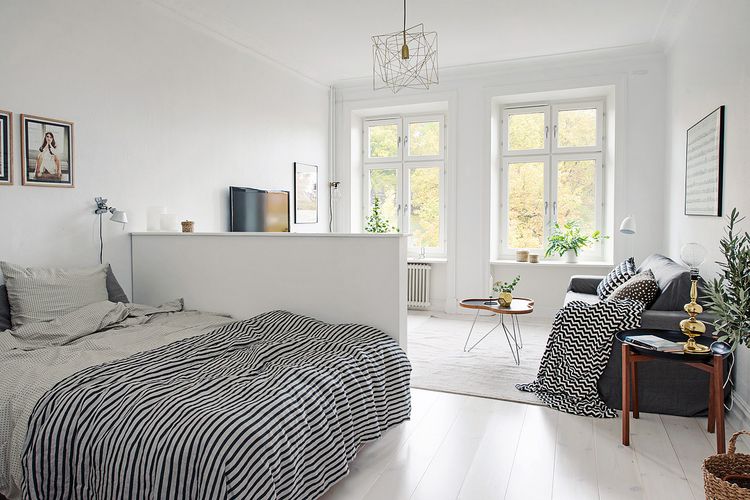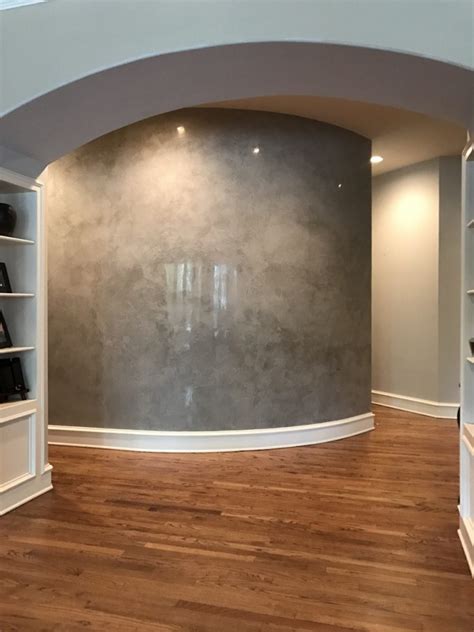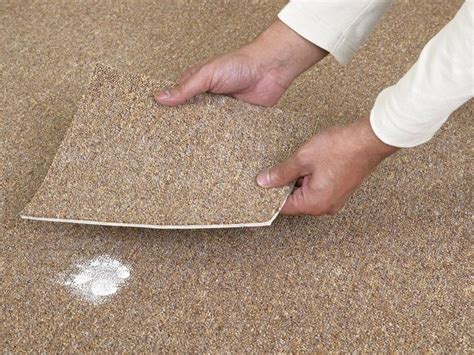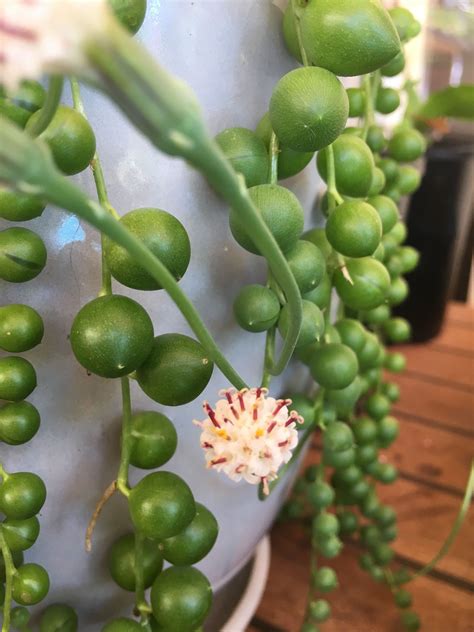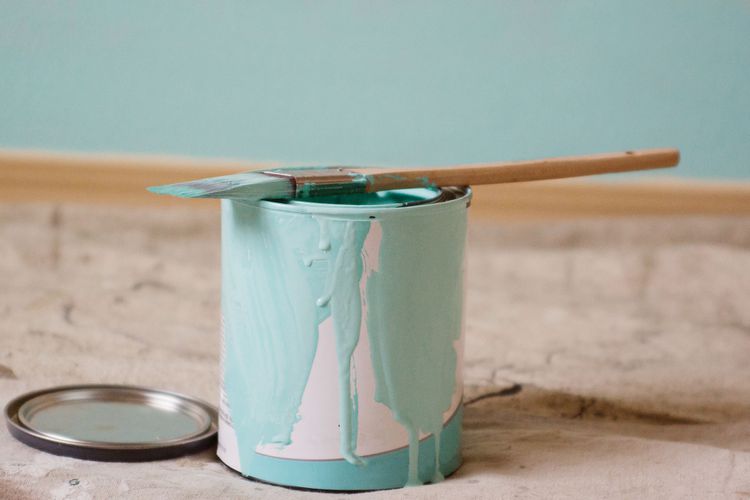
Selecting between eggshell and semi-gloss finishes for your painting project can greatly influence the final look and longevity of the paint. These two finishes differ in several important aspects, such as their visual appeal, durability, ease of cleaning, maintenance requirements, and price. Generally, eggshell is more suitable for walls, whereas semi-gloss is typically used for trim and doors.
To assist you in choosing between eggshell and semi-gloss finishes, we have outlined the distinctions between these two widely used paint options and identified which one is best suited for a particular space.
What is Paint with an Eggshell Finish?
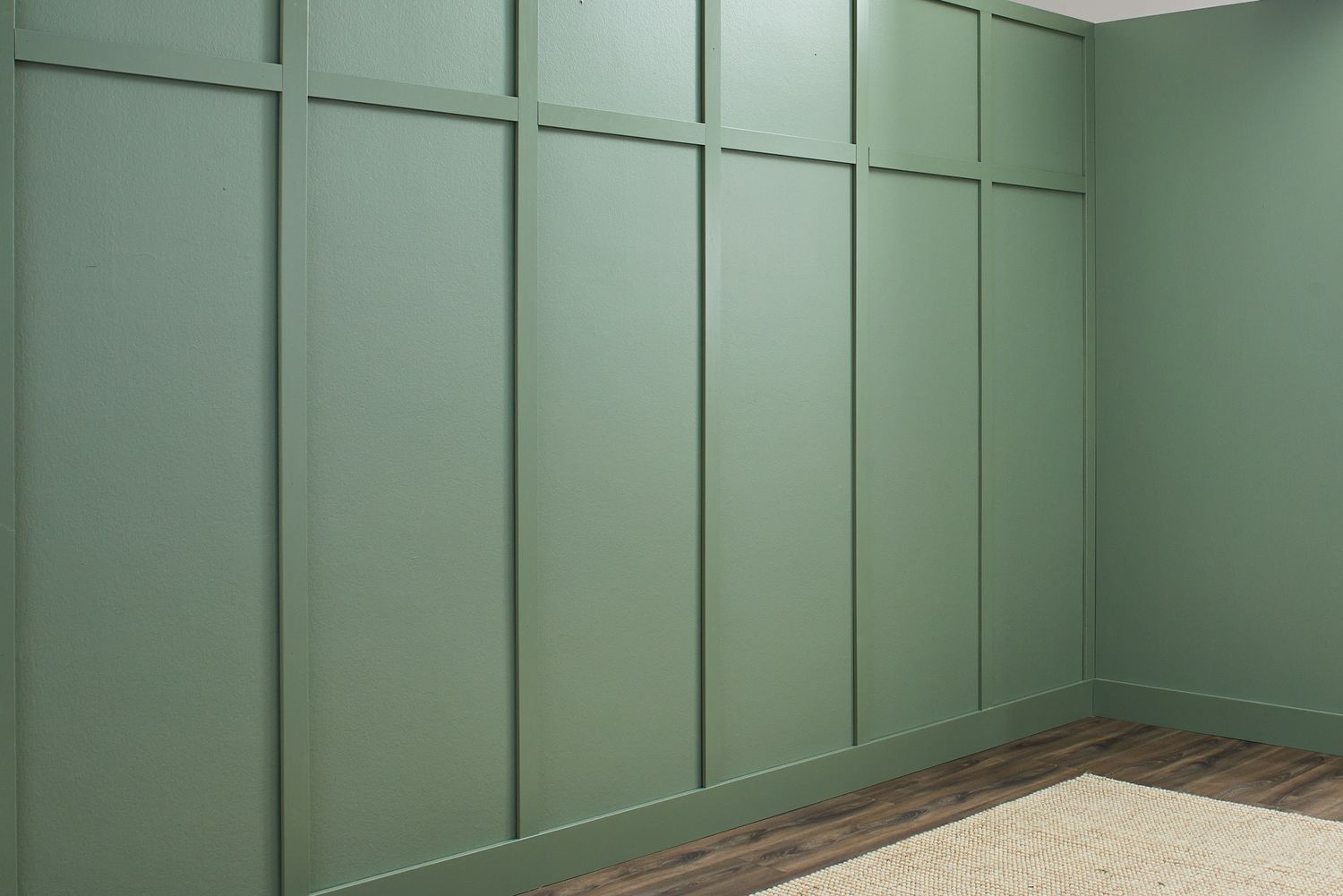
Eggshell paint is a finish that offers a sheen that is more lustrous than a flat finish yet less glossy than satin. Its combination of durability and a moderate sheen has made eggshell a favored option for painting interior walls.
Here are several key characteristics of eggshell finish paint:
- Gentle sheen
- Matte finish
- Ideal for areas with light to moderate foot traffic.
- Not as simple to maintain as shinier paint finishes such as satin, semi-gloss, and gloss.
- Not advisable for use in trim, cabinetry, or other frequently utilized spaces.
What is Semi-Gloss Paint?
Semi-gloss paint offers a finish that is more reflective than satin yet less shiny than a high-gloss option. Its exceptional durability makes it perfect for high-traffic areas, including cabinets, doors, moldings, and baseboards.
Below are several key characteristics of semi-gloss paint:
- Unique shine
- Glossy finish
- Ideal for heavily frequented spaces.
- Simpler to maintain than less glossy paint finishes such as satin, eggshell, and matte.
- Not advisable for use on walls.
What distinguishes eggshell from semi-gloss finishes?
Eggshell and semi-gloss paints vary greatly in their sheen, resulting in distinct appearances when used on the same surface. However, what other factors set these two widely used paint finishes apart?
Appearance
Semi-gloss paint has a higher light reflectivity compared to eggshell paint. This difference becomes particularly evident on expansive flat areas such as walls, as semi-gloss tends to bounce back more light, thereby accentuating any flaws on the surface. Consequently, semi-gloss paint is typically used for smaller areas, such as moldings, doors, and cabinetry.
Conversely, eggshell paint is well-suited for expansive, smooth areas such as bedroom walls, hallways, entryways, and living rooms. In contrast, for kitchens and bathrooms, opting for a shinier paint finish, such as satin, is advisable, as eggshell paint may not endure the rigors of regular cleaning as effectively. Nevertheless, if a subtle sheen is desired in these spaces, eggshell paint offers greater durability compared to matte or flat finishes.
Tip
Eggshell paint is an excellent choice for beginners in the painting process. Similar to its ability to conceal wall flaws, eggshell finish can also mask painting errors, including drips, lap marks, and an uneven, textured appearance.
The distinction in gloss and sheen between eggshell and semi-gloss paint may not be very apparent with neutral shades, but it becomes quite prominent with more vibrant colors.
Durability
Semi-gloss paint offers greater durability compared to eggshell paint. Its increased sheen contributes to easier cleaning and maintenance. Consequently, semi-gloss is an excellent option for areas such as kitchens and bathrooms, as well as for frequently used surfaces like cabinets, doors, and windows.
Nonetheless, when it comes to wall finishes, eggshell is regarded as a resilient choice that can withstand higher levels of wear and tear compared to matte or flat paints.
Sanitation and Upkeep
Semi-gloss paint offers simpler cleaning and upkeep compared to eggshell paint. Its high sheen contributes to its durability and makes maintenance a breeze. In contrast, eggshell paint, being more matte, is less resilient to regular cleaning and wiping, making it less practical for high-traffic areas.
Eggshell finishes are significantly simpler to maintain compared to more muted paint choices such as matte or flat, making them a more suitable option for frequently used spaces.
Texture
Semi-gloss paint features a more adhesive consistency compared to eggshell paint. Even once it has dried, semi-gloss paint retains a subtle stickiness, whereas eggshell paint results in a surface that feels smooth.
The stickiness in semi-gloss paint arises from a higher resin content, and it can be exacerbated by improper application techniques. To reduce the tackiness that may occur after drying, some manufacturers of semi-gloss paint suggest allowing extra drying time between coats.
Cost
Eggshell paint is generally less expensive than semi-gloss paint. The reduced resin content in eggshell paint contributes to its more matte appearance, allowing consumers to save a few dollars per gallon compared to semi-gloss options. Although these savings may not be significant for smaller painting tasks, they can be quite substantial for larger projects that demand a considerable amount of paint.
Tip
When selecting paint, avoid allowing slight reductions in price to overly sway your decision. Minor savings initially might result in decreased durability and the need for more frequent repainting.
Eggshell or Semi-Gloss Paint: Which Option is Right for You?
The decision between eggshell and semi-gloss paint largely depends on the specific location and the items being painted. Certain spaces may require the exceptional durability offered by semi-gloss, whereas others might be better suited to the subtle sheen of eggshell. In reality, these two paint finishes serve distinct purposes and have little overlap.
When dealing with expansive flat wall areas that will receive either natural or artificial lighting, choosing eggshell paint can help reduce glare and conceal flaws. Spaces such as hallways, bedrooms, closets, and living rooms are ideal for eggshell finishes, as they are more durable in low to moderate traffic areas compared to flat paint.
In high-traffic areas that require regular cleaning, such as trim, doors, window frames, cabinets, kitchens, and bathrooms, choosing semi-gloss paint offers superior durability and a glossier finish compared to eggshell paint.
Moreover, the increased reflectiveness of semi-gloss paint makes it perfect for finished millwork, as it accentuates the fine details.
When is it advisable to opt for eggshell finish paint?
Eggshell paint is an excellent choice for flat wall surfaces where reducing light reflection is desired to conceal flaws, without opting for completely flat or matte finishes. It is commonly used on walls due to its ideal combination of durability and subtle sheen.
Which type of paint is more suitable for bathrooms: eggshell or semi-gloss?
Semi-gloss paint is a superior choice for bathrooms compared to eggshell paint due to its shinier and more resilient finish. This quality enables semi-gloss paint to effectively repel moisture and endure regular cleaning. If you feel that semi-gloss is excessively reflective for your preference, satin paint offers a suitable compromise for bathroom applications.
What are the advantages and disadvantages of an eggshell finish?
One advantage of an eggshell finish is its subtle sheen and excellent capacity to conceal flaws on expansive flat surfaces such as walls, thanks to its somewhat matte appearance. However, this matte quality is also a significant drawback, as it results in reduced durability in comparison to satin and semi-gloss paints.

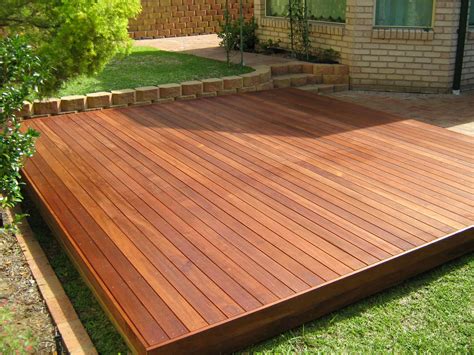
:max_bytes(150000):strip_icc()/what-is-the-difference-between-a-pergola-and-an-arbor-2736630-hero-68bb466d08ab490a81ad36b2b44cccdf.jpg)
